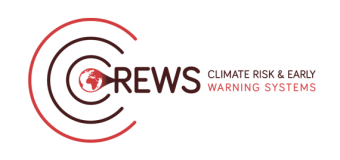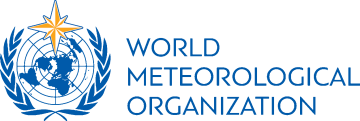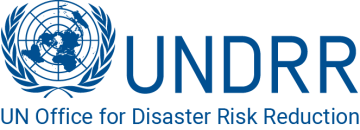

- Disaster Risk Reduction
- Climate Resilience and Adaptation
- Capacity Development
- Governance
- Forecasting
- Service Delivery
- Early Warnings
- Observations
Project background
East Africa has a diverse terrain and climate with a wide range of vegetation landscapes, biodiversity and human occupations. There has been a substantial increase in climate and weather-related impacts which further exposes the region around Lake Victoria to a slew of natural hazards such as floods, droughts, landslides, severe weather events. These major weather-related shocks lead to loss of life and major economic damages for shoreline communities. These impacts are projected to increase with climate change and there is a strong consensus for regional, operational warning systems to protect the safety of those exploiting the natural resources of the LVB.
Objective(s)
To scale up Early Warning Services (EWS) in East Africa and improve coverage of impact-based early warning services across Lake Victoria and surrounding communities to support the EAC EWS Vision 2025.
Outputs
Outputs are divided by regional and national components:
Regional component: Institutional and human capacities in regional and intergovernmental organizations to provide regional climate, weather and hydrological services to Least Developed Countries (LDCs) and Small Islands Developing States (SIDs) increased.
National component 1: Strengthen impact-based Early Warning Services and targeted climate services in Kenya, Tanzania, Rwanda, Uganda, Burundi and South Sudan.
National component 2: Strengthening national capabilities in Burundi.
National component 3: Strengthening national capabilities in South Sudan.
National component 4: Improved integration of gender and vulnerable groups across the EW-EA value chain.
Expected outcomes
- Improved capacity of the Regional WIGOS Center (RWC) in East Africa in advancing the implementation of WIGOS within the region, providing regional coordination and technical support to Members.
- Improved quality of the regional short-range and severe forecasting guidance provided RSMCs.
- Upgraded system that generates and distributes weather information to different end users on different timescales.
- Improved Hydrometeorological forecasting and early warning infrastructure and trained staff
- Enhanced teleconferencing facilities for communicating on EWS issues with partners and international community.
- Warning messages that are gender sensitive and meet the needs of vulnerable groups including people with disabilities, children, marginalized groups etc.
- Region:
- Region I: Africa





